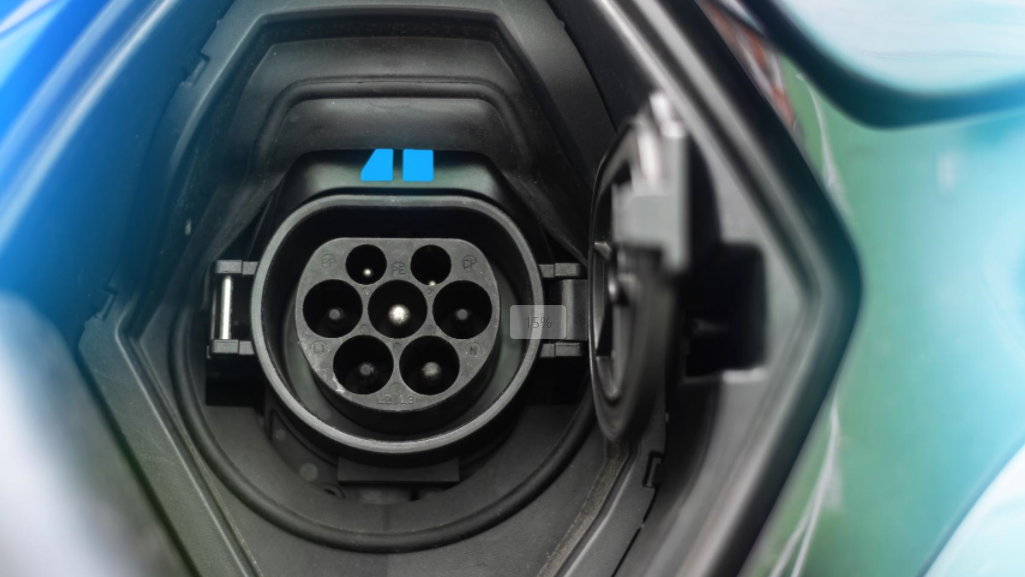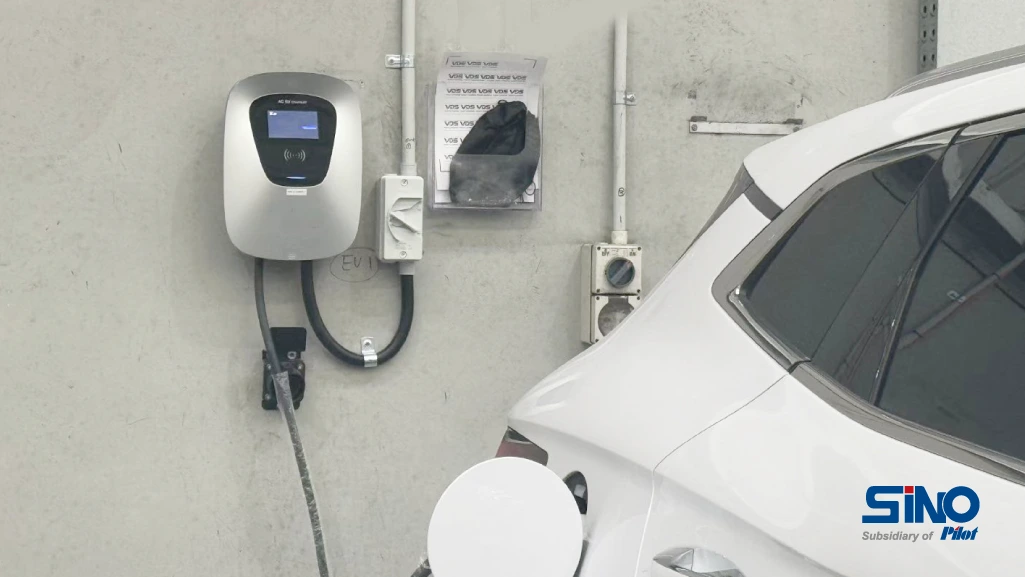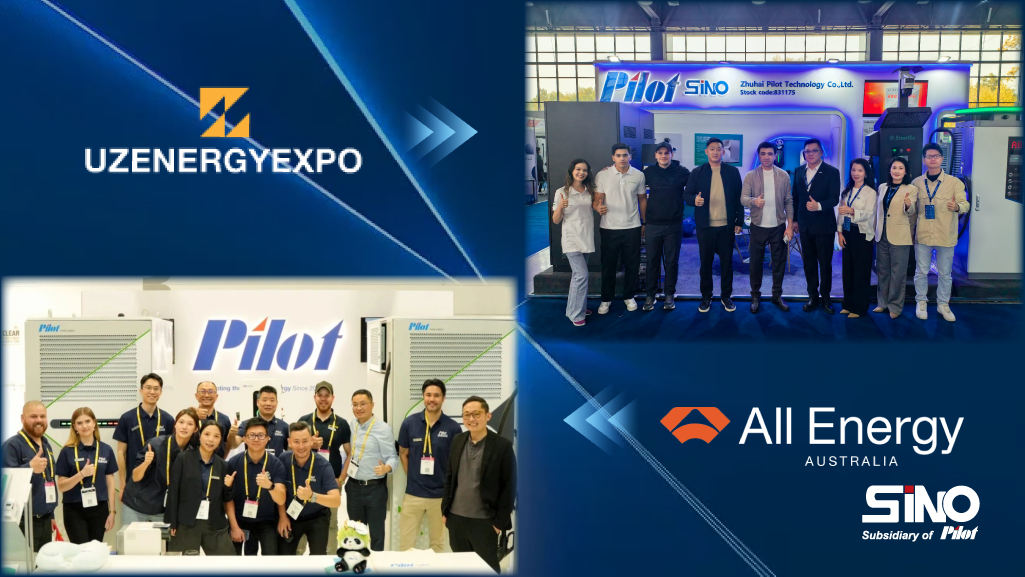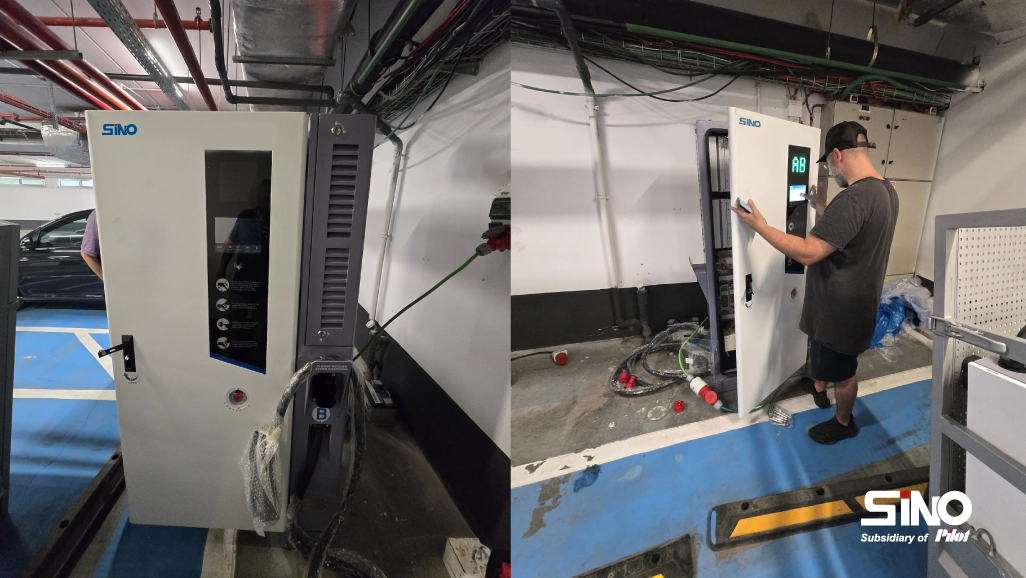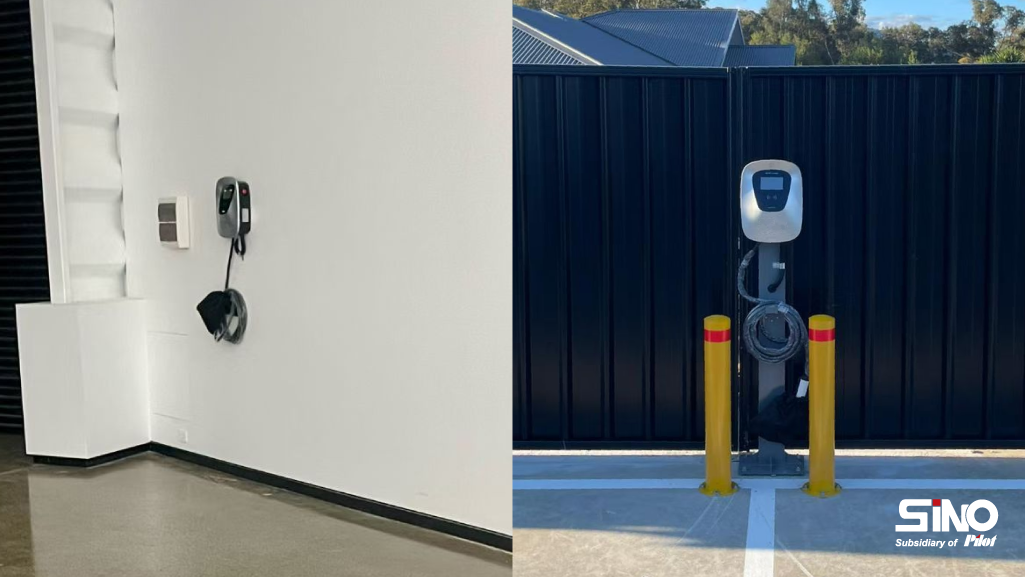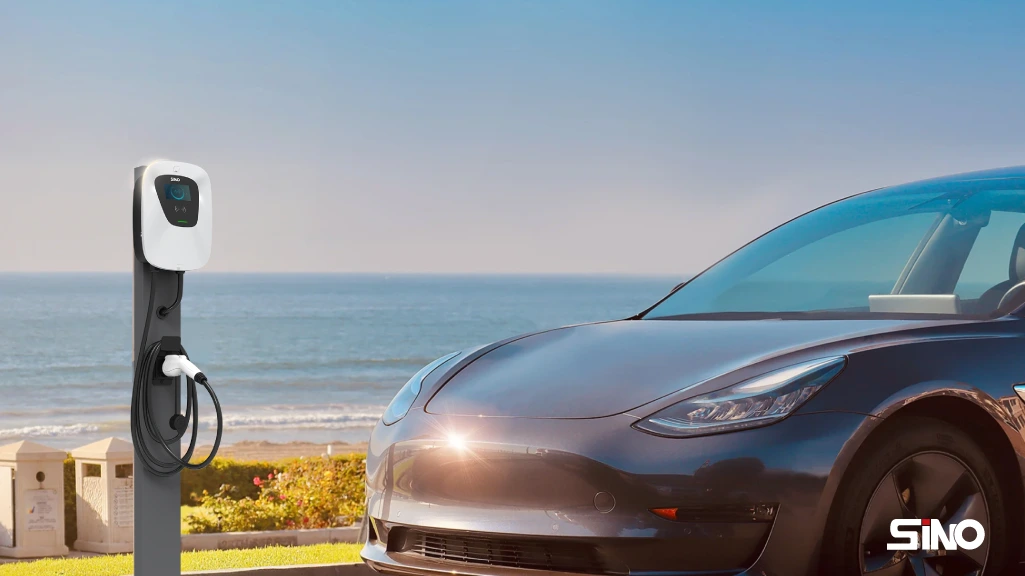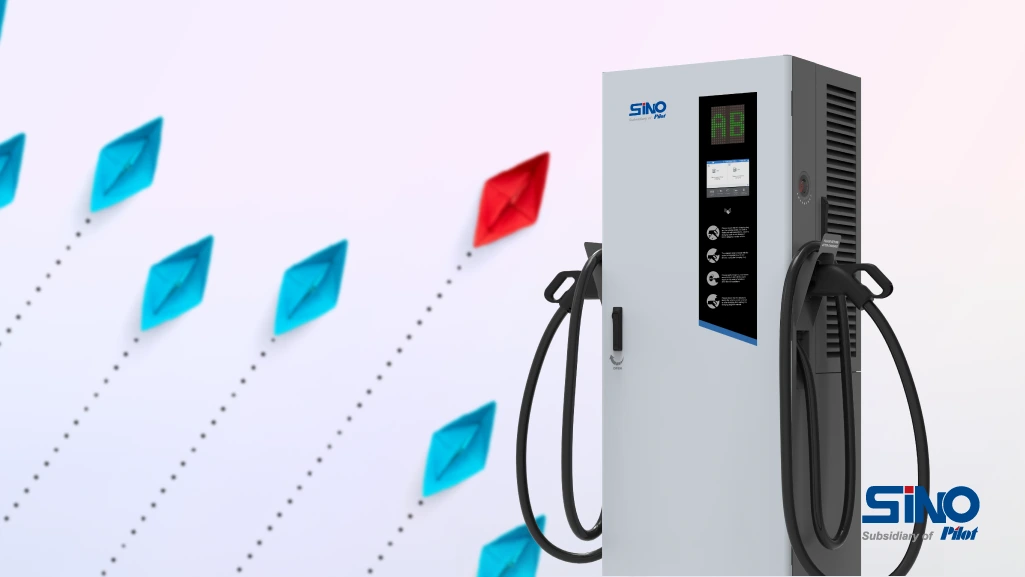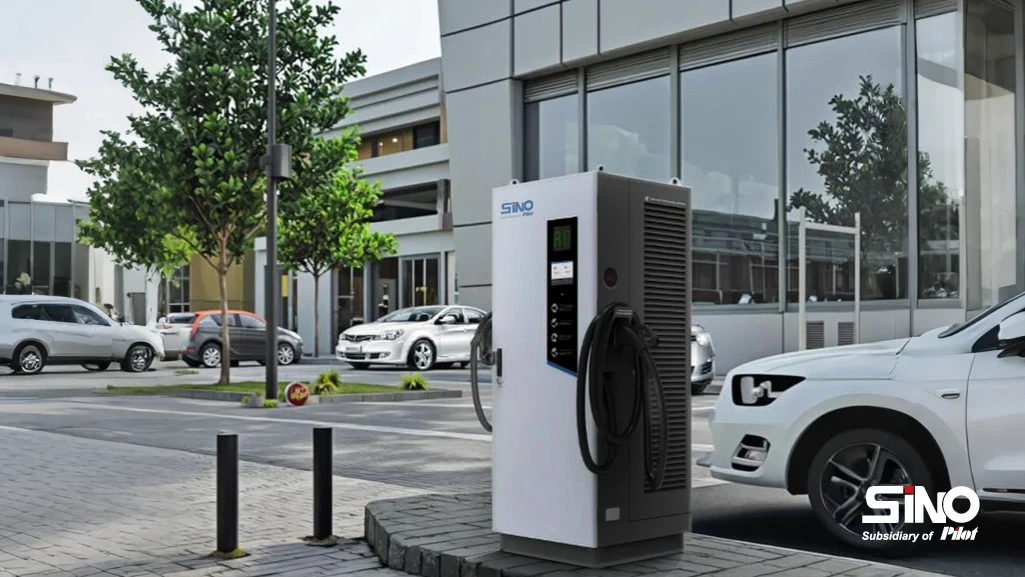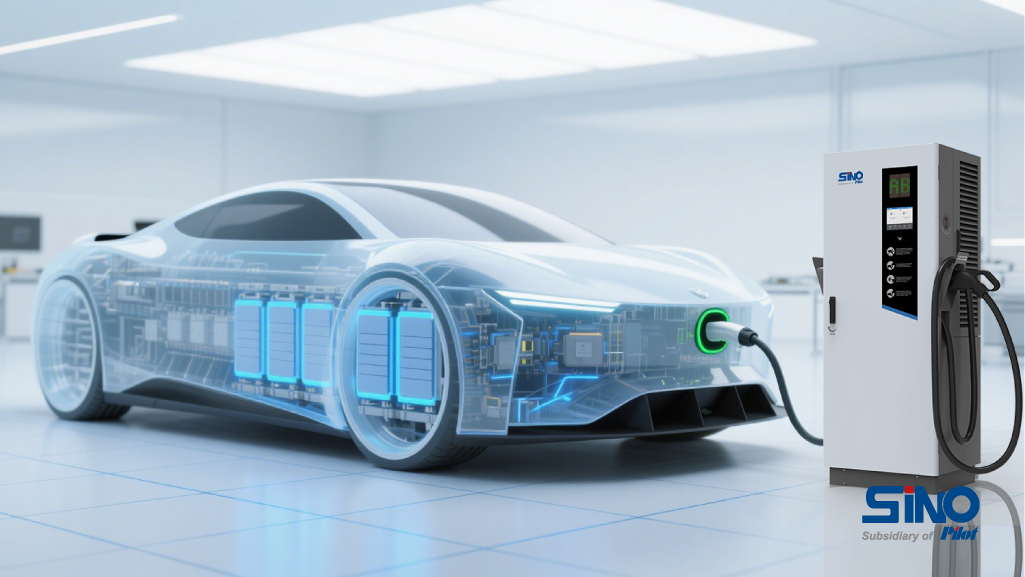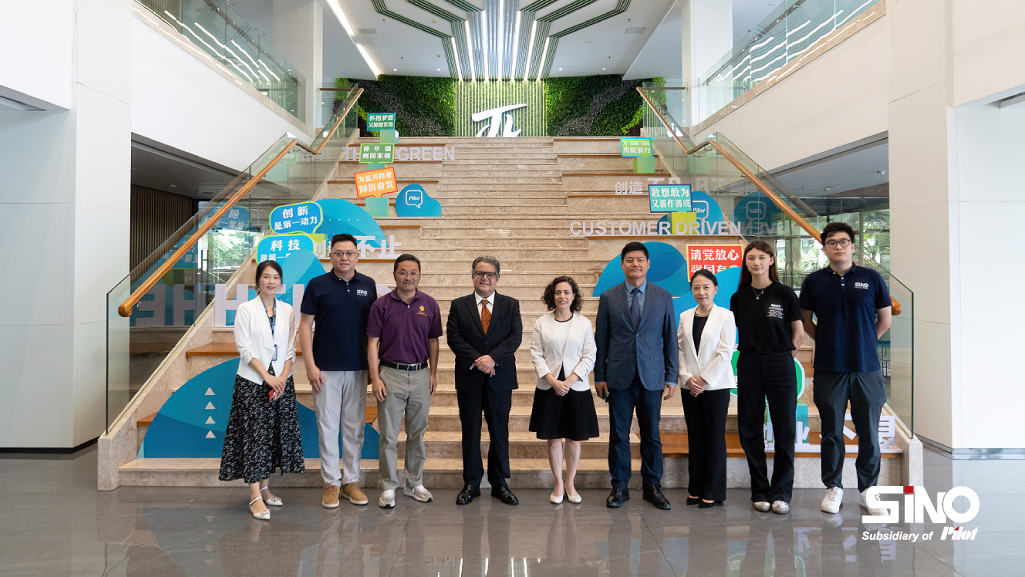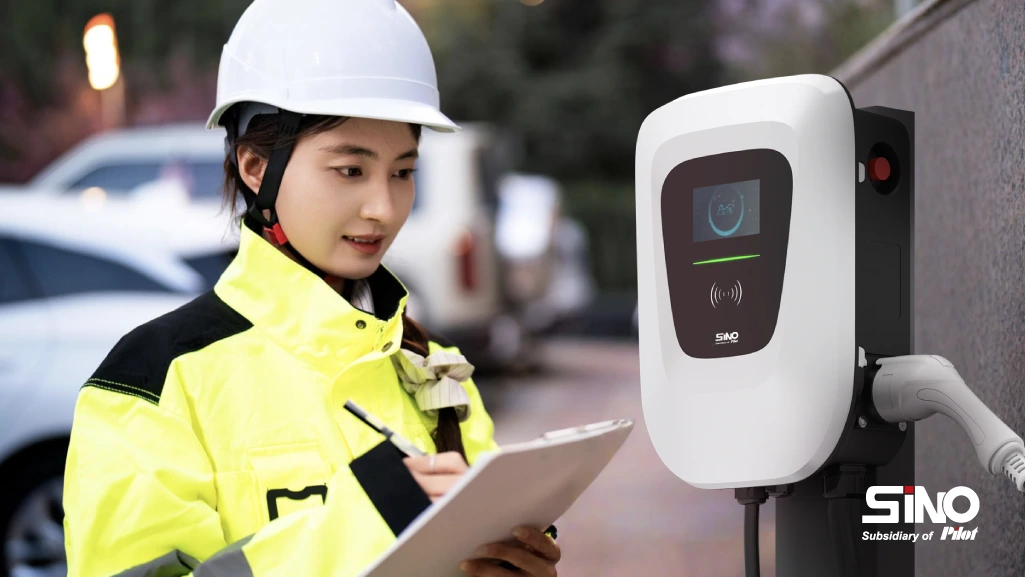Without a universal standard for EV charging connectors, the current development of electric vehicles will stall. EV owners will fear going on a long journey. And here IEC 62196 plays a vital role.
This is a global standard that ensures every EV owner can plug in and recharge their electric vehicles with confidence, no matter what the types of plugs, vehicle inlets, vehicle connectors, and socket outlets.
What Is IEC 62196?
The International Electrotechnical Commission (IEC) developed a global standard that defines the requirements for charging connectors in EVs and at charging stations. This standard, known as IEC 62196, ensures compatibility between vehicles and charging stations globally.
Before the inception of IEC 62196, different EV charger manufacturers used various connectors according to their own benefits. It created confusion and challenges for EV users. As there was no standard for connectors, users experienced trouble finding compatible charging stations.
The IEC 62196 solves all the issues by setting global guidelines for sockets, charging plugs, and inlets used in charging systems. It helps create a unified charging system for interoperability across different EVs and regions.
The standard defines various connectors focusing on specific charging and regional needs. These connectors include Type 1, Type 2, CCS Type 1, CCS Type 2, etc. IEC 62196 also explains different charging processes into multiple modes consisting of Mode 1, Mode 2, Mode 3, and Mode 4.
The Evolution of IEC 62196
The IEC 62196 standard has changed the electric vehicle market significantly. It’s because EV users can now easily find a way to charge their vehicles anywhere in the world. However, it has come through some changes over time.

Why the Standard Was Created?
The lack of unified charging connectors created obstacles in the way of the smooth development of EVs and their products that work seamlessly anywhere. In the early age of the EV’s expansion, manufacturers experienced challenges in offering desired services to the EV owners for the diversity of connectors that later led to futile business.
This global standard aimed to:
- Provide a common structure for charging connectors.
- Ensure reliable charging anywhere in the country.
- Support slow AC or fast DC charging.
Key Updates over Time
IEC 62196-1: This edition was published in 2011. It focuses on basic requirements for connectors and defines safety features for various EV charging.
IEC 62196-2: This section was introduced in 2014. It describes the required designs for plugs, sockets, vehicle inlets, and connectors.
IEC 62196-3: This was also made in 2014, focusing on interchangeability and dimensional compatibility requirements. It introduces specifications for combined charging systems.
There were other updates like IEC TS 62196-4 and IEC 62196-6. All were made to enhance the power and compatibility of the connectors.
Types of Charging Connectors Defined by IEC 62196
Several types of connectors specified by IEC 62196 work in different regions for different EV models and charging speeds. Each type acts differently in the EV charging ecosystem; from basic home to fast public charging. Here are key connectors by this standard:
- Type 1
- Type 2
- Type 3
1. Type 1
Type 1 connector adheres to the SAE J1772 standard for EVs. It is made for single-phase AC charging which mostly suits home and slower public charging.
The original type 1 connector was made by Yazaki, known as the J1772 connector or the Yazaki connector. Vehicles can monitor charging status and speed by this connector. It’s slow but steady and widely used in first-generation EVs in North America and Japan.
2. Type 2
Type 2 connector was developed by Mennekes. Now, it’s a dominant connector across various regions and favors three-phase AC charging. The configuration includes a socket outlet, a plug, and a vehicle connector and inlet, which allow charging in mode 2 and mode 3.
This connector features 7 pins in a round figure. Pins are dedicated to power, ground, and contact. It can also handle both single-phase and three-phase charging. Its advanced technology makes it more versatile than the previous one.
3. Type 3
The Type 3 connector adds safety features like shutters to wrap the electrical contacts. It takes the space of other connectors and becomes a more accepted option worldwide in the sense of safety features.
Type 3 basically includes type 3A and 3C connectors. Type 3A comes with 4 contacts in a circular plug while type 3C comes with seven contacts in an oval plug. This type was originally designed by Scame and is also known as the Scame connector.

Importance of Standardization for EV Charging Infrastructure
Standardization is significant for the development of EV charging infrastructure, and ensuring reliability and interoperability all over the world. Here are the key reasons why standardization is vital.
1. Compatibility between Charging Stations and EVs
Standardization allows any EV to make a connection seamlessly with the charging station, no matter what the model or make. Without a standardized system, it would be difficult to connect, process, and monitor the charging properly.
Applying standardized charging systems like Type 2 or CCS avoids limitations in connectivity. It additionally helps build systems and develop products that will be compatible anywhere and in any electric vehicle.
2. Global Interoperability
Standardization enhances global interoperability and allows users to travel across different regions without worrying about charging issues.
It simplifies international business with EVs and their equipment. Manufacturers focus on one standard to design products and thus, they can reduce costs and target other feasible markets.
3. Safety and Efficiency in EV Charging
Standardization provides safety and efficiency in the charging systems. This can enable charging in different modes and at various charging speeds of AC and DC power.
Standards like IEC 62196 establish specific guidelines for connectors, charging modes, and safety measures. It supports high-power usage avoiding risking electric shocks and other hazards.
How IEC 62196 Applies to Different Types of EV Charging?
Different types of EV charging solutions are used in different conditions and areas. To make them compatible with numerous EVs, the IEC 62196 is applied in different ways.
1. Home Charging Stations
In the home, Level 1 and Level 2 chargers help recharge the EV’s battery. IEC 62196 1 covers these chargers for efficient charging; Type 1 and Type 2 plugs are commonly used for them.
Type 1 (J1772) connector is ideal for home, delivering slow or moderate speeds. Type 2 (Mennekes) is suitable for users who want fast charging at home.
2. Public Charging Infrastructure
Public charging stations use Level 2 AC or Level 3 DC EV chargers. They rely on the requirements of IEC 62196 to provide all the charging options for various EV models.
There are two connectors for public charging; Type 2 and Combined Charging System (CCS). The CCS connector incorporates both AC and DC charging facilities.
3. Commercial Fleets and Workplaces
Commercial fleets and workplaces require more advanced charging solutions to recharge multiple EVs with proper power management. IEC 62196 describes that these stations should meet additional safety and power requirements.
Type 2 AC connectors and CCS connectors are used in workplaces. CCS can easily handle high power loads, provide fast charging, and reduce downtime.
Benefits of IEC 62196
The IEC 62196 offers various advantages to EV charger manufacturers, consumers, and EV charging station owners. Here’s how different stakeholders benefit from this standard.

1. Benefits for Manufacturers
Manufacturers of EVs and other related equipment rely on the IEC 62196 standard to ensure compatibility. They can manufacture electric vehicles and charging equipment that don’t need to be region-specific.
This standard helps manufacturers to distribute similar types of products worldwide. Manufacturers can cut research and development costs leading to more profit and reputation.
2. Benefits for EV Charging Business Owners
Adhering to the IEC 62196 ensures that EV charging stations remain efficient and competitive. It adds interoperability and flexibility to the station and therefore, a charging station can attract more customers with diverse EV models and charging demands.
Businesses can scale up the infrastructure with a standardized charging model. They can add more stations and expand their business without considering upcoming new EV models.
3. Benefits for Consumers
After the application of IEC 62196, EVs are compatible with most of the charging stations. This international standard lessens the stress of charging EVs. It makes the charging process less confusing and simpler.
Moreover, the standard reduces charging costs while ensuring various charging options. More safety and a positive impact on the environment are other benefits that EV owners can enjoy.
Testing Requirements of IEC 62196
IEC 62196 testing applies to EV charging accessories such as vehicle connectors and inlets, plugs, and socket outlets. To ensure compatibility and safety, these tests cover electrical performance, interoperability capacity, mechanical strength, and environmental resistance.
1. Electrical Testing
This test verifies that the cables and connectors efficiently carry the required electricity and voltage. It checks insulation amount to prevent electrical leakage and hazards. Normally, the voltage will not exceed 480 V AC. The electrical power will not exceed 70 Amp single-phase and 63 Amp three-phase.
2. Interoperability Testing
Interoperability is a must-have feature for a connector in the IEC 62196 standard. This testing confirms the connectors are suitable for various charging speeds, EV models, and charging stations. It validates that a variety of charging components work smoothly with one another.
3. Mechanical Testing
Mechanical testing places importance on the external structure of the charging equipment. It includes inserting and withdrawal tests to confirm that the connectors can be inserted and withdrawn without any hassle while maintaining a proper connection.
The test checks the flexibility and tensile robustness of the cables. It evaluates the sturdiness of connectors against vibrations, shocks, and other unexpected conditions.
4. Environmental Testing
This testing ensures the connectors function well in any weather conditions and serve better within a particular temperature range. It promises resistance to moisture and corrosion. It confirms the connectors will work in almost any condition at any station.
The Future Development of EV Charging Standards
Charging standards are a significant element in shaping the future of EV infrastructure. With the increased popularity of electric vehicles, the standard should meet the needs of the EV industry. Some core areas of EV charging standards are expected to change:
- Future charging connectors will focus on ultra-fast charging and high-power delivery.
- The standard will ensure convenience and automation. It will be developed to support safe wireless charging.
- Ongoing standardization aims to harmonize connectors and communication protocols.
- The future of EV connectors will possibly include much easier roaming and standardized payment systems.
- Standards will be made to ensure data privacy protection and prevent data breaches as well as hacking.
In all, IEC 62196 has been indispensable in the building of a non-incompatible, safe EV charging ecosystem globally. In essence, it has set clear guidelines with regard to connectors, modes of charging, and safety, hence reducing challenges for electric vehicle manufacturers and charging providers. With continuous growth in the EV market, IEC 62196 will adapt to new advances that arise to support a secure and efficient future for sustainable transportation.
FAQs on IEC 62196
Whether you’re an EV owner or charging station operator, this FAQ section will help you to clarify some common queries.
1. What types of charging connectors does IEC 62196 cover?
IEC 62196 covers most of the popular connectors including Type 1, Type 2, and CCS. Type 1 is single-phase charging; Type 2 is single and three-phase charging, while CCS is a combined charging system used for both DC and AC charging.
2. Is IEC 62196 used globally?
IEC 62196 is a global standard for EV charging connectors. It’s widely used in most of the countries in the world. In Asia, Europe, and North America, this standard has vast uses for Type 2 and CCS.
3. Are Type 1 and Type 2 connectors the same in IEC 62196?
Type 1 connector supports single-phase, it’s popular in Japan and North American countries. Type 2 connector offers a fast charging option. It supports single-phase and three-phase charging and it’s mostly used in Europe.
4. What is a Combined Charging System (CCS) in IEC 62196?
The Combined Charging System (CCS) is a multipurpose connector that supports two common charging systems. It basically combines the J1772 standard connections for basic Level 1 or fast AC-powered Level 2 EV charging.
Our Social
Facebook: www.facebook.com/sinoevc
Instagram: www.instagram.com/sinoevc
Linkedin: www.linkedin.com/company/sinoevse
Youtube: www.youtube.com/@sinoevc
Twitter: www.twitter.com/sinoevc

“Charging For A Better Life”



